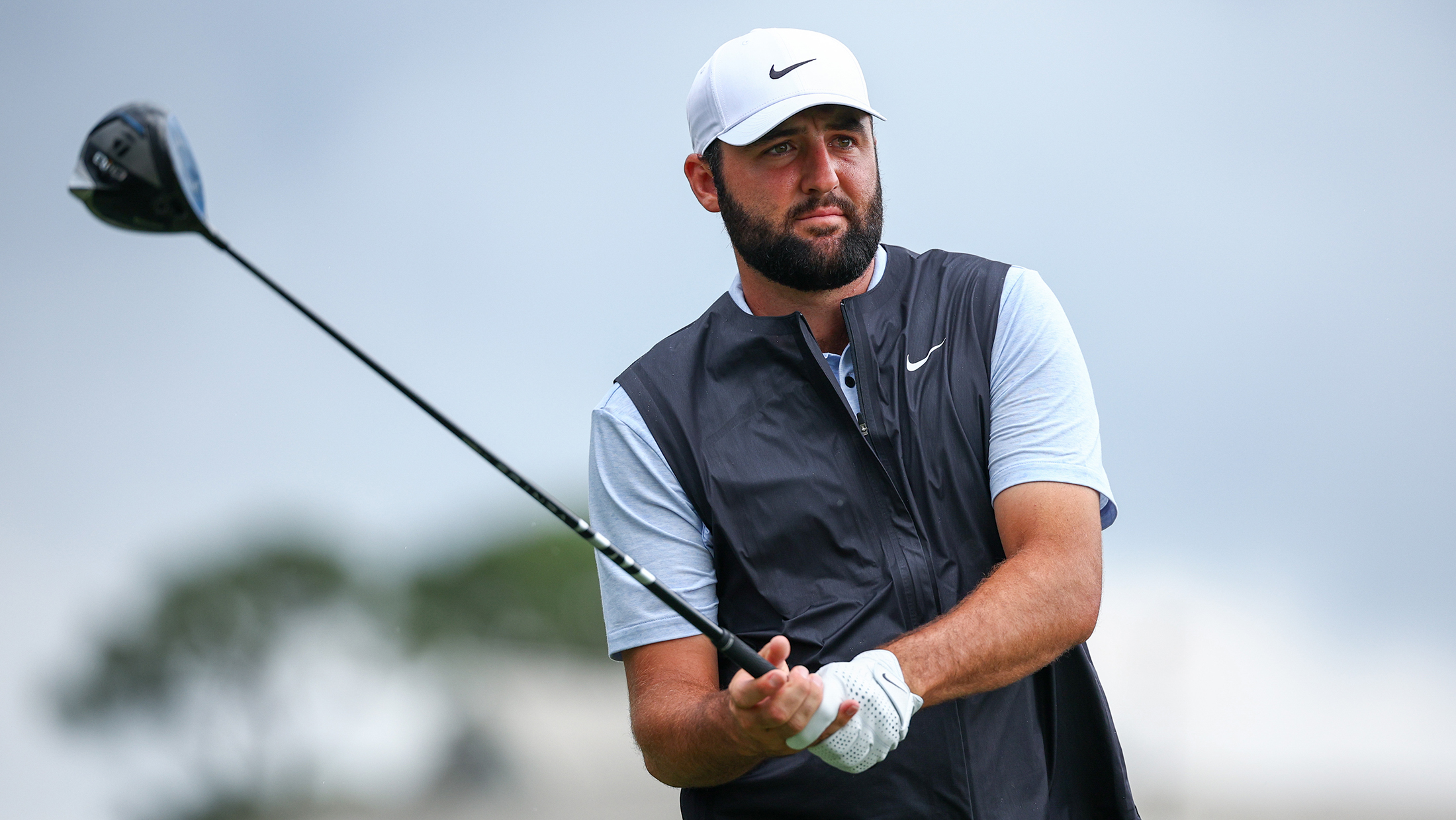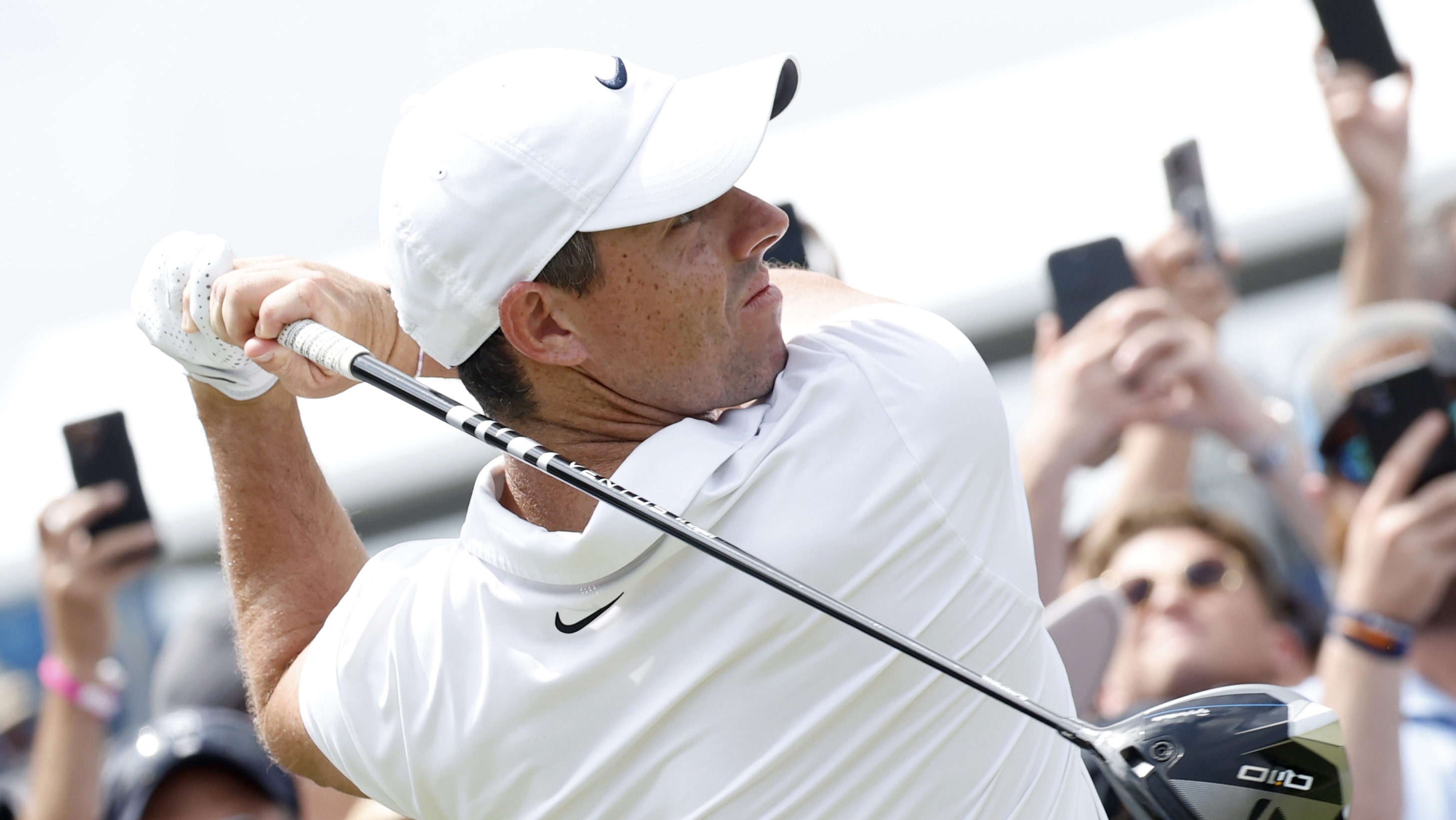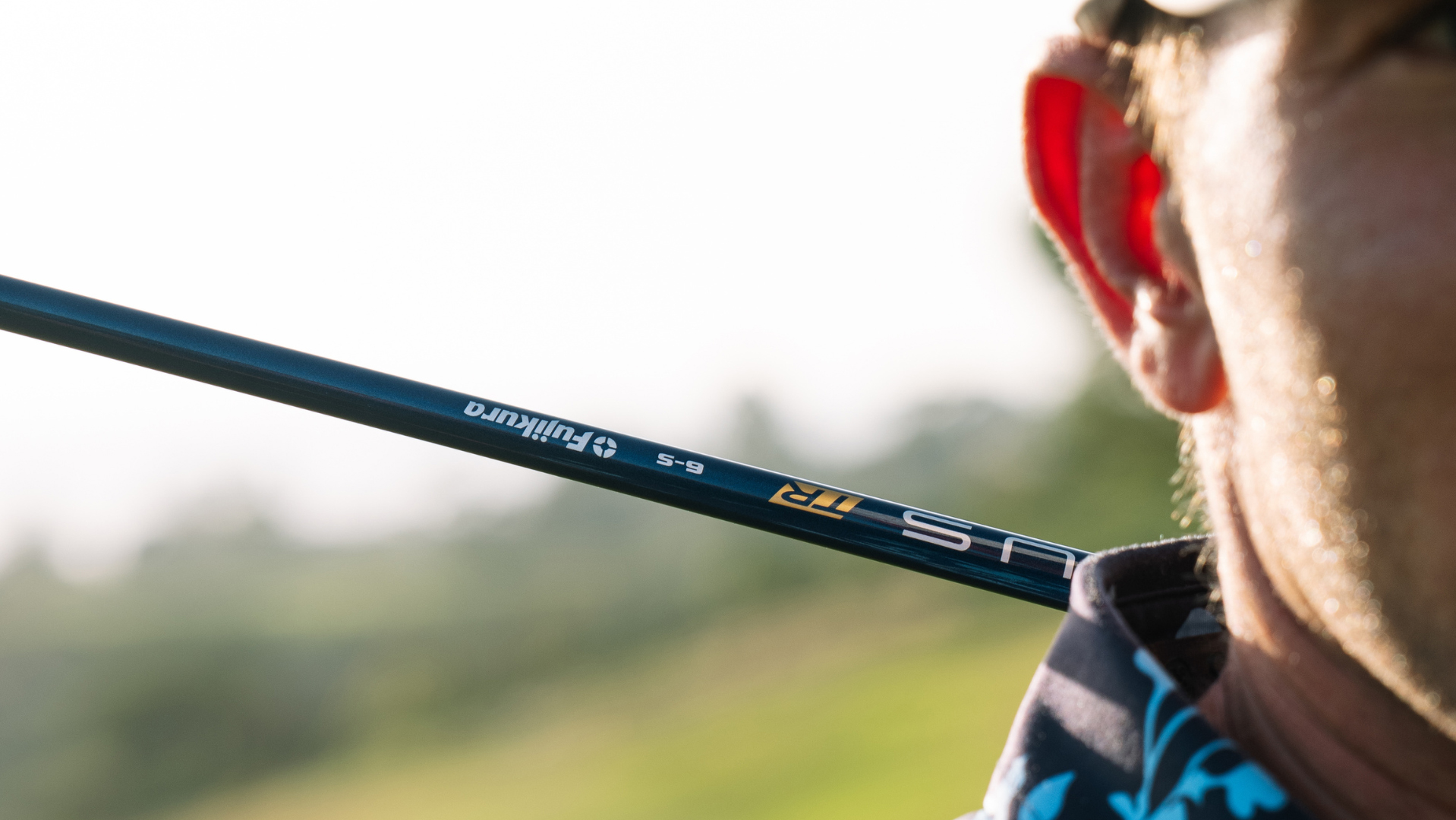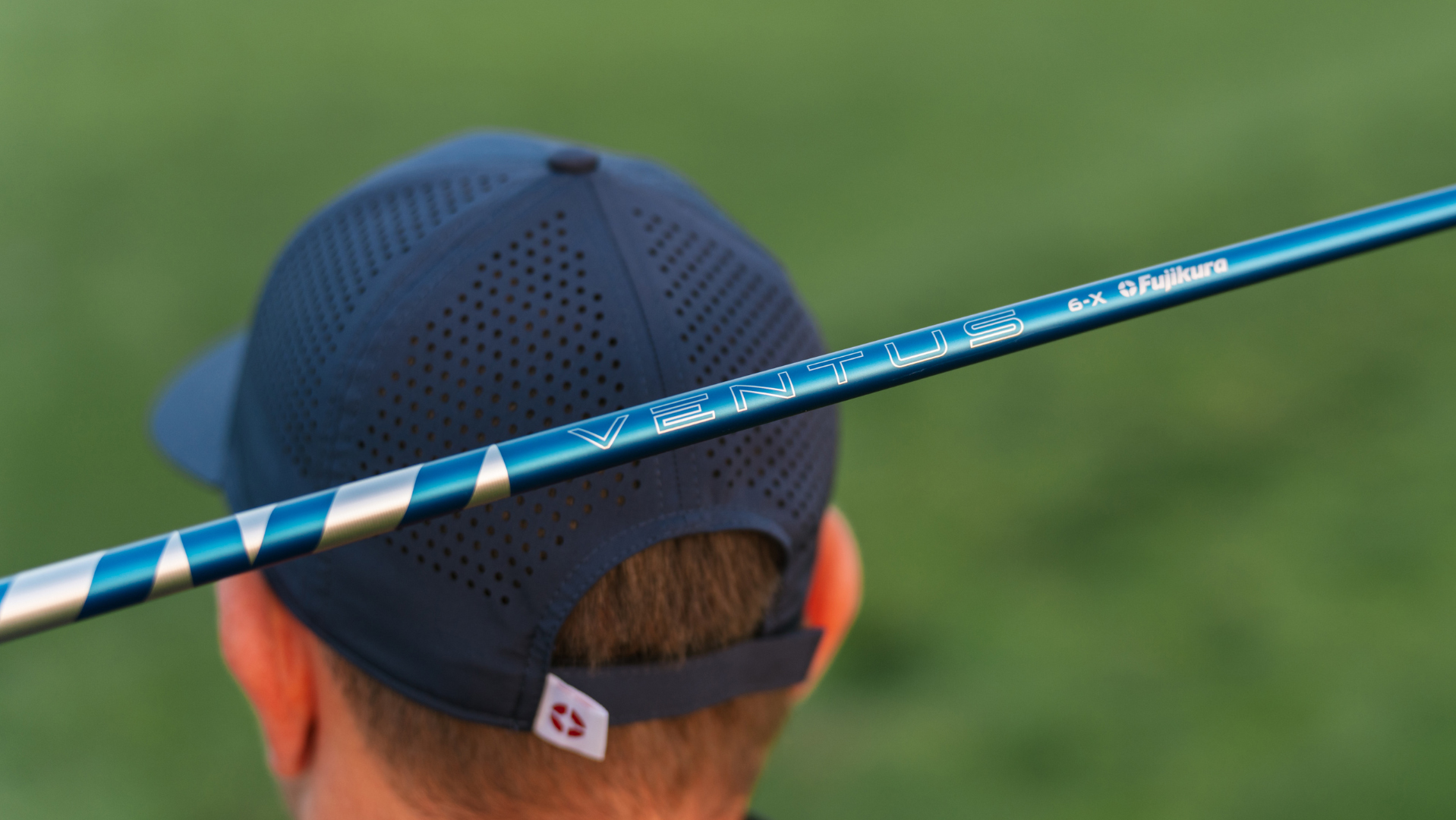Why Are Fujikura Shafts So Popular?
Fujikura shafts are the most played in the professional game and are a popular choice for most club fitters. What makes them such a hit with golfers of all skill levels?


Ask any casual golfer to name the leading golf brands and they’ll no doubt reel off the likes of Taylormade, Ping, Callaway and Titleist, yet few brands have a bigger presence in both professional and pleasure golf than Fujikura, who are represented in the bags of many of the game’s biggest stars including Rory McIlroy and world number one Scottie Scheffler.
While the head of the driver tends to gets all of the attention, it’s the shaft that actually ‘powers the engine’ and when it comes to understanding of how golf shafts affect performance, Japanese company Fujikura is the name that stands out above the rest.
Fujikura shafts are the most played in the professional game but the brand also caters to the average club player too. Anybody who has ever been for a custom fitting will almost certainly have been handed a Fujikura shaft (most likely a VENTUS model) to try out.
A Fujikura shaft is not just a piece of graphite – it’s a work of art, years in the making. The brand’s mission is to produce the “world’s best performance golf shafts” as well as to bring enjoyment to golfers of all levels by improving their game and maximizing their potential. Fujikura shafts are played by everyone – from beginner level to Tour professional, and they are trusted by many of the game’s best players.
TOUR PROVEN

Last year Fujikura boasted the number one driver, wood and hybrid shaft on the PGA Tour. With multiple tour wins throughout the season, plus the number one driver shaft ranking at three out of the four Major championships, Fujikura clearly leads the way in shaft technology.
At the final event of the 2023 PGA Tour season, Fujikura secured another Tour Championship victory as 40% of the field at East Lake Golf Club were using a Fujikura driver shaft during the week, along with another 35.3% in the fairway wood shaft count. The winner, Viktor Hovland, used a Fujikura driver and wood shaft combination during his FedEx Cup victory. With the Speeder 661 TR in his driver and VENTUS Blue 7-X in his fairway wood, Hovland sealed his win with a stunning 63 (-7) on Sunday and led the field in strokes gained off the tee, as well as accuracy with 69.64% of fairways hit.
Fujikura’s success in 2023 was merely a continuation of their dominance on tour though, as the previous season saw half of the events on the PGA Tour won by players using a Fujikura driver shaft. 2024 is following a similar pattern so far with eight wins from the first 16 events of the year, including the Masters which saw Scheffler clinch a four shot victory using a Fujikura VENTUS Black 7 X shaft in his driver.
Get the Golf Monthly Newsletter
Subscribe to the Golf Monthly newsletter to stay up to date with all the latest tour news, equipment news, reviews, head-to-heads and buyer’s guides from our team of experienced experts.
It was a similar story on the DP World Tour last season as there were 24 wins from players using either a Fujikura driver or wood shaft, including 20 different Tour players at events in 17 countries around the world.
MARKET LEADERS

Fujikura shafts stand out from the competition in part due to the wide range of golfers they catered to. The shafts used by Tour Pros are not the same as the ones available to the general consumer. Most brands will offer three or four high, mid and low launch stock options to cater for a range of club head speeds and swing types, but those shafts are not played on Tour. The shafts you will find in the bags of the best players are premium after-market shafts which are tailored to their individual requirements to help them gain the maximum performance advantage.
After-market shaft are designed without cost restrictions and use the very best materials available. Fujikura use the highest-grade carbon fiber available in their after-market shafts to create models for the game’s best tour players. Every shaft contains more premium carbon fiber than the standard options available at retail, but the extra cost means that these shafts can never realistically be a stock option for the leading driver brands. The best drivers are already expensive without adding even more cost, especially when the performance benefit to the average golfer is going to be minimal.
The Fujikura shafts that do come as stock are of an exceptionally high quality in their own right, however, and are tailored specifically to the average golfer to allow them to get as much as possible out of their driver and fairway wood game. This commitment to innovation has led to Fujikura securing the coveted position as the number one driver and wood shaft brand in its price category at retail outlets, according to industry data from Datatech. Fujikura's dominance extends beyond retail sales, as evidenced by its commanding 75.4% market share in OEM custom shaft upgrades. With over 650 fitters and dealers worldwide, Fujikura has established a robust network dedicated to helping golfers find the perfect shaft to suit their swing characteristics and playing style.
WHAT MAKES THEM SO GOOD?

Fujikura shafts are meticulously designed through the use of their proprietary ENSO 3-D motion capture fitting system, which is the first club fitting system that measures shot information from both before and after the ball is hit. 3-D motion capture ensures that both club and shaft are dynamically measured and recorded throughout the full swing, and this information is then integrated with data from the best launch monitors to produce shafts that are second to none when it comes to quality and performance. Use of proprietary materials, extensive player testing and cutting-edge design techniques is what sets the company apart, helped by easy-to-understand product differentiation via color-coded profiles, that help golfers select the perfect shaft for their game based on their required launch and spin characteristics.
According to the brand, whereas every other shaft company is developing through trial and error, Fujikura is using science, engineering and technology to create the best product possible. Some of the world’s best golfers clearly agree.
So it doesn’t matter what kind of driver you are looking to buy, whether it’s one of the best drivers for distance, the most forgiving drivers or the best driver for beginners, we would always recommend a full fitting to ensure you’re getting top performance out of your new club, and there is every likelihood that - irrespective of your skill level or swing speed - as part of that fitting a Fujikura shaft will be thrust into your hand because the brand truly caters for the needs of every golfer.
Dave is a distinctly average golfer with (fading) aspirations to be so much more than that. An avid collector of vintage Ping putters and the world's biggest Payne Stewart fan, in 2021 Dave turned his front garden into a giant putting green to work on the weakest area of his game. Progress has been slow but steady! In addition to his work reviewing golf gear and writing features for Golf Monthly and T3, Dave is the founder of the Bang Average Golf website.
Dave’s lowest round is a one over par 73 around Kirkby Valley Golf Club in 2018, which included a bogey on the 18th to ruin the one and only chance he’ll ever have of shooting an even par or better score. That errant tee shot on 18 does not still haunt him to this day though, in fact he hardly ever thinks about it. No, honestly, he doesn’t. Not at all. Never.
Dave splits most of his golf between Hurlston Hall Golf Club in Ormskirk, Lancs, and Berrington Hall Golf Club in St Helens and has a handicap that fluctuates between 9 and 12, largely depending on how poor his putting is.
Dave’s current What’s In The Bag?
Driver: Wilson Staff Dynapower Titanium, 9.5°
3 wood: Cobra Speedzone, 15°
5 wood: Tour Edge Exotics 722, 18°
7 wood: Callaway Mavrik Max, 21°
Irons: Cobra Darkspeed, 6-PW
Wedges: Cleveland CBX ZipCore (graphite), 48°, 52°, 56°
Putter: Ping PLD Oslo 3
Ball: Wilson Staff Triad
-
 Rory McIlroy's Masters Win More Popular Than Tiger Woods In 2019 As Incredible TV Ratings Released
Rory McIlroy's Masters Win More Popular Than Tiger Woods In 2019 As Incredible TV Ratings ReleasedMcIlroy's role as golf's primary needle-mover continued on Sunday as the Northern Irishman's fifth Major attracted an awful lot of eyeballs in the USA...
By Jonny Leighfield
-
 JM Eagle LA Championship Prize Money Payout 2025
JM Eagle LA Championship Prize Money Payout 2025The LPGA Tour heads to California for the JM Eagle LA Championship, where the largest prize money payout of the season so far is on the table
By Mike Hall